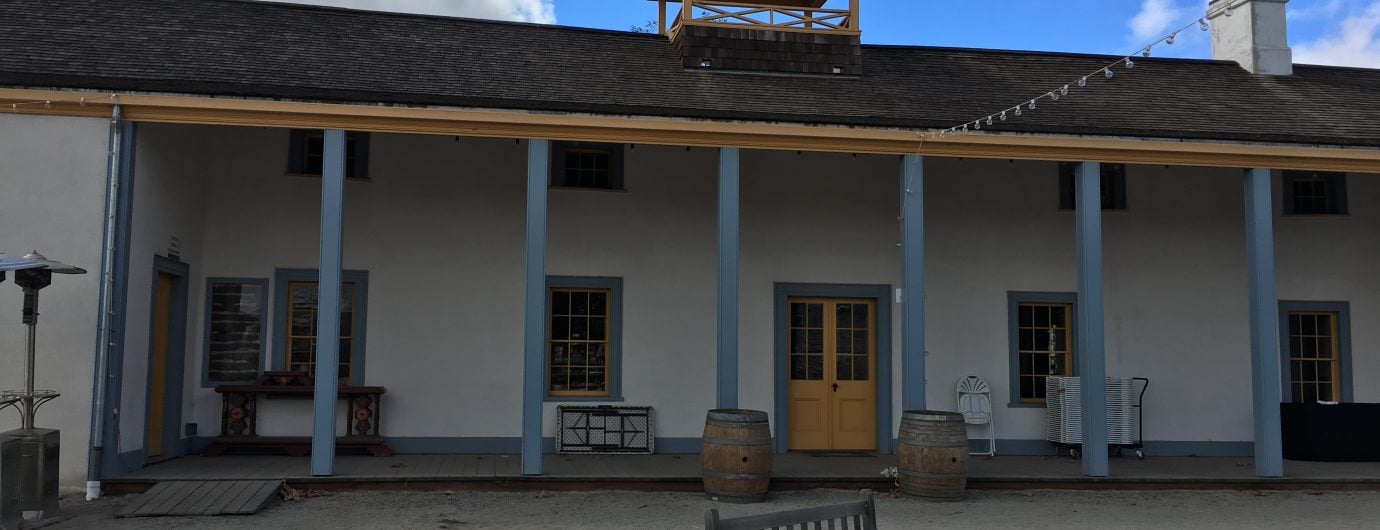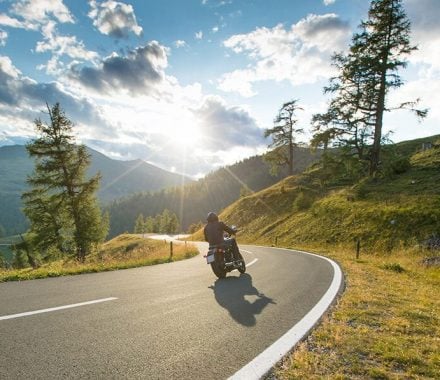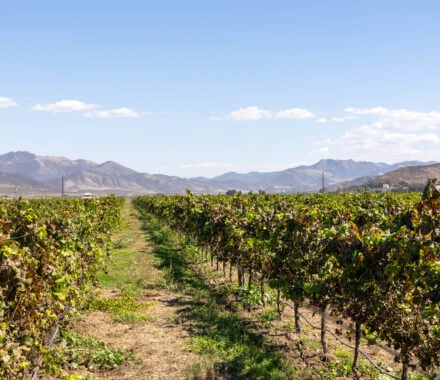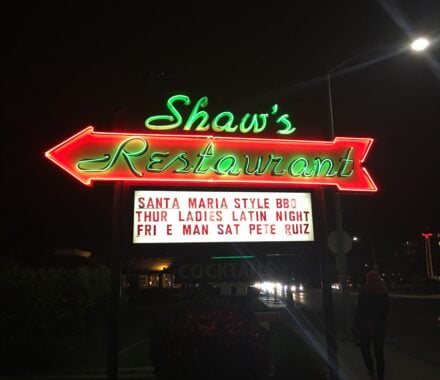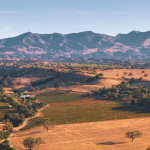The Dana Adobe or “Casa de Dana” was the home of Boston sea captain William Dana, who in 1837 was granted the 37,888-acre Rancho Nipomo.
As the Dana Family grew, they were increasingly involved with trade and politics. John Fremont, politician, explorer and soldier, stayed at Rancho Nipomo during the Mexican-American War. This war was the conflict in which the United States gained control of California and much of the Southwest. The Dana family gave Fremont and his troops supplies for their trip to Santa Barbara.
Following American annexation, Dana’s first son-in law, Henry Amos Tefft was a delegate to the state’s Constitutional Convention while many of Dana’s sons participated in local politics. By 1860, while his brothers were participating in local politics, Jose Ramon Dana was driving cattle to the San Francisco Bay area to be sold to Henry Miller – part of Miller and Lux Corporation that revolutionized the meat industry and turned it into the West Coast’s version of the factory system that was growing in New England.
The introduction of transportation dramatically transformed the region. The Pacific Coast Railway enabled the movement of people and goods to and from the area during the turn of the century. Businessmen from Los Angeles developed quarries in Los Berros; while agriculturalists experimented with various crops around Nipomo that they shipped out of the region via railroad. These developing industries required labor. Initially immigrants from around Europe and China arrived and took up odd jobs, but by the turn of the century, racism and exclusionary immigration laws meant that Japanese immigrants were the main labor force in the Nipomo area.
Speculators planted thousands of eucalyptus trees around the Nipomo and Los Berros area, reportedly making it one of the largest stands of eucalyptus trees outside of Australia.
Today, the DANA Cultural Center enhances an understanding of California’s early history, and encourages appreciation for the many cultures and people who contributed to California. The museum and open space is intended to inspire the community to build connections between history, nature and each other. The building is listed on the National Register of Historic Places.
The DANA has secured 130 acres of open public space around the Dana Adobe, a California landmark built in 1839. It will soon have a 5,800 square foot educational facility, a Chumash Indian interpretive area and over a mile of walking trails on the property.
DANA engages more than 1,400 school children in daily rancho living. As the children develop a connection with the place where they live, they become stewards of the community. The rich history of the founding families on the Central; Coast, the natural resources, the open space and the Adobe itself provides an authentic context for a unique hands-on experience. It is also a venue for special events.
Santa Maria Valley has deep connections to its diverse cultural roots. From live theatre to cultural celebrations to independent art galleries, the emerging arts and culture scene is one of the central coast’s best-kept secrets. The recipe for our way of life requires simplicity, and a touch of art and soul. Hit the road and explore all you can do in and around Santa Maria Valley.
You’ll find Santa Maria Valley the perfect home base, where you can eat, drink, learn about history and do more for less. The Santa Maria Valley boasts 34 tasting rooms, 6 unique AVAs, 13 beaches, and a growing selection of local breweries, all within a beautiful 30-minute drive. There is no need to venture out if you are looking for sand dunes, hiking trails, horseback riding, cycling, and authentic Santa Maria Style dining – you’ll find all that right in our backyard.
To visit the DANA, hours are Saturdays from 10:00 a.m. – 1:00 p.m. and Sundays from 1:00 p.m. – 4 p.m. or by appointment. The address if 671 South Oakglen Avenue, Nipomo, Calif., approximately a 15-minute drive from Santa Maria. Call (805) 929-5679 or visit the website for more information. Check its Facebook page for current events happening onsite.
View this dynamic interactive map to plan your next getaway to the Santa Maria Valley today.
